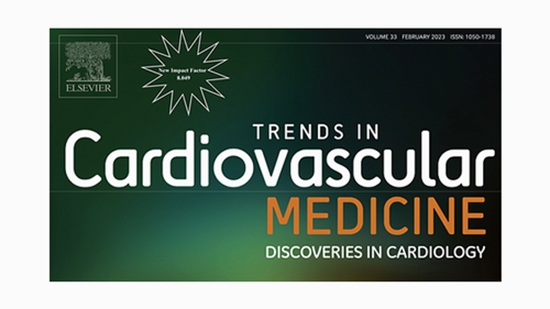مقالات ثبت شده 2022
Implications for the role of lipopolysaccharide in the development of atherosclerosis

Implications for the role of lipopolysaccharide in the development of atherosclerosis
Abstract
Mounting scientific evidence over decades has established that atherosclerosis is a chronic inflammatory disorder. Among the potentially critical sources of vascular inflammation during atherosclerosis are the components of pathogenic bacteria, especially lipopolysaccharide (LPS). Toll-like receptor (TLR)-4, expressed on different inflammatory cells involved with the recognition of bacterial LPS, has been recognized to have mutations that are prevalent in a number of ethnic groups. Such mutations have been associated with a decreased risk of atherosclerosis. In addition, epidemiological investigations have proposed that LPS confers a risk factor for the development of atherosclerosis. Gram-negative bacteria are the major source of LPS in an individual's serum, which may be generated during subclinical infections. The major cell receptors on inflammatory cells involved in the pathogenesis of atherosclerosis, like macrophages, monocytes, and dendritic cells (DCs), are CD14, MD-2, and LPS binding protein (LBP). These receptors have been blamed for the development of atherosclerosis through dysregulated activation following LPS recognition. Lipoproteins may also play a role in modulating the LPS-induced inflammatory events during atherosclerosis development. In this review article, we attempt to clarify the role of LPS in the initiation and progression of atherosclerotic lesion developme
برای دیدن متن کامل مقاله روی لینک زیر کلیک کنید




ارسال نظر